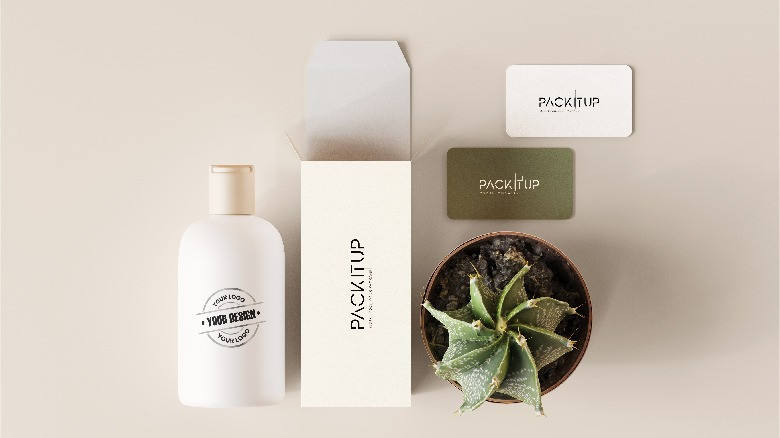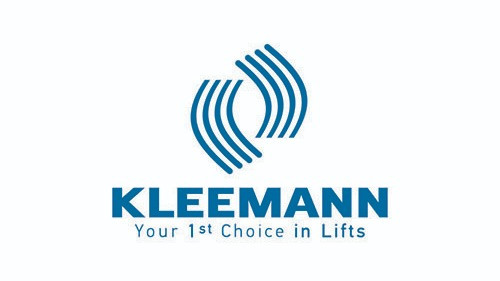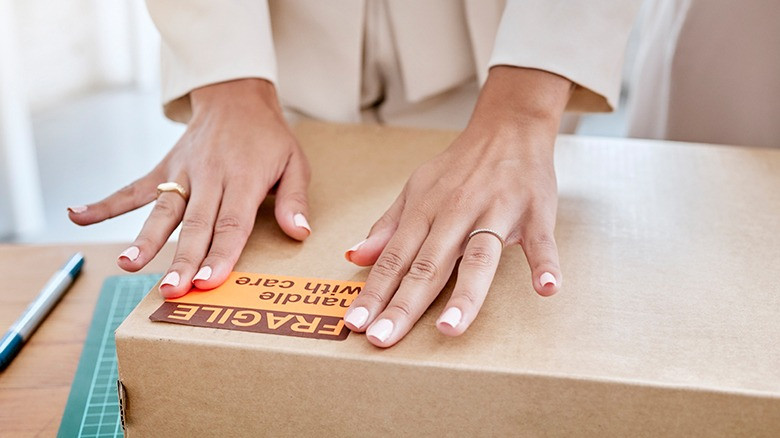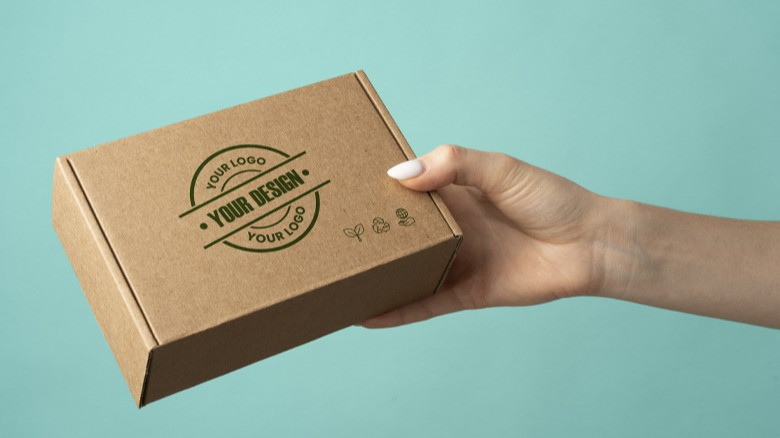The minimalism movement in art may have originated in the United States in the 1960s and '70s as a response to abstract expressionism and modernism. However, in the field of packaging, it took a while to make its appearance. Until recently, vibrant colors, typography variations, illustrations, lively shapes, and information abundance were the primary elements in product packaging, as they were considered most attractive to consumers. In recent years, there has been a shift towards more minimalist approaches that focus on the product itself rather than its "wrapping." Companies like Apple and IKEA are notable examples that have adopted a more minimalist approach.
With the introduction of minimalism in the packaging industry, a shift to a new era has occurred, where simplicity, clarity, and the message itself play a leading role.
Why are minimalist packages gaining ground?
1. Sustainability:
Minimalist packaging uses fewer materials, resulting in a significant reduction in waste production. They are often made from recycled or biodegradable materials, reducing the environmental footprint of companies adopting minimalism in packaging.
2.Improved Consumer Experience:
The clarity accompanying minimalist packaging, combined with simplicity, allows consumers to focus on their interaction with the product, simplifying their experience.
3.Value for Money:
It is a sustainable choice for companies as it can lead to cost savings. By using fewer materials and simplified designs, companies can reduce production costs and make a significant difference to their bottom line.
4.Brand Awareness:
Minimalist packaging serves as a powerful tool to enhance the reputation of companies and convey their values and vision in the simplest way possible. Companies utilizing minimalist packaging often aim to highlight their environmental consciousness and modern character in line with current trends. Notably, 92% of consumers favor companies using minimalist packaging made from biodegradable and environmentally friendly materials (source: Sustainable Packing Study).
What are the characteristics of minimalist packaging?
1.Less is More:
Characterized by simplicity, adopting the philosophy of "less is more," avoiding unnecessary details.
2.Elegance & Luxury:
Distinguished by simple lines and clean shapes that create a sense of elegance and luxury, as minimalism has become synonymous with luxury.
3.Unity & Harmony:
Uses monochromatic "white" space, providing a sense of unity and harmony and highlighting limited and specific color palettes.
4.User-Friendly Experience:
Uses clear typography while avoiding the combination of different fonts to create an attractive and user-friendly experience.
5.Emphasis on Functionality:
Emphasizes functionality, with each design element placed to serve a specific purpose, whether to protect the product or convey essential information.
6.Environmentally Friendly:
Uses environmentally friendly materials, from recyclable paper and biodegradable plastic to sustainable plant-based products that contribute to both sustainability and aesthetic results.
In conclusion, minimalism in packaging has come to stay as a modern movement aimed at responsible consumption and proper environmental management. By adopting simplicity, functionality, and sustainability, companies can make a significant impact with fewer resources. This approach is effective in both environmental protection and appealing to environmentally conscious consumers seeking to make purchases from companies with a "green conscience."






